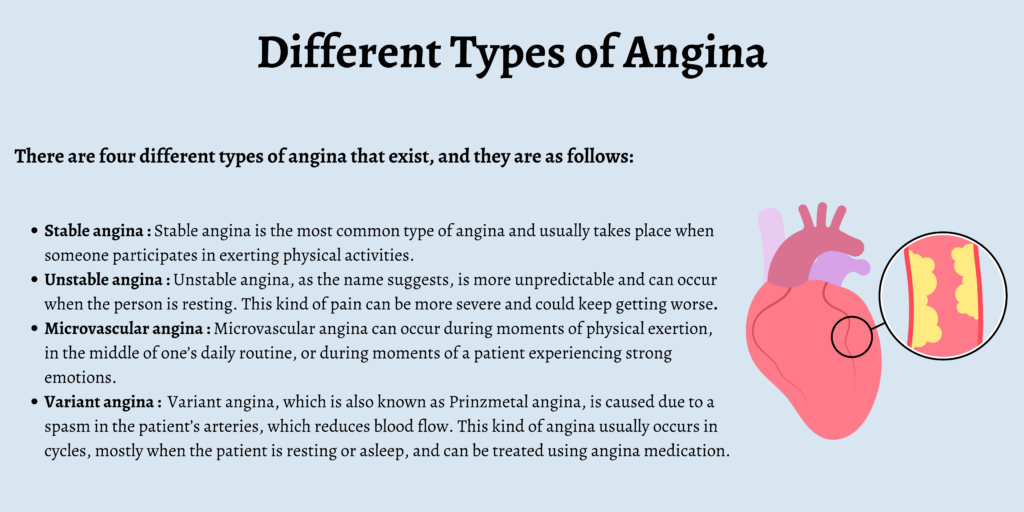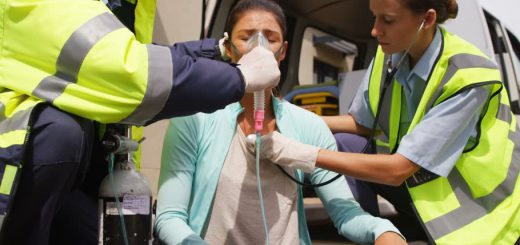First Aid For An Angina Attack
Angina refers to a person experiencing pain in the chest or discomfort due to their heart not receiving enough blood that’s rich in oxygen. As a result, their heart could beat at a quicker and harder pace in order to gain sufficient blood, thereby causing pain.
It’s imperative to know that angina is not a disease and is instead a temporary medical condition of the heart. Patients experiencing angina feel a certain tightness or squeezing sensation in their chest. Certain victims say that it almost feels like indigestion.
In this article, we will be discussing the first aid related to angina, what are the different types of angina, and the symptoms and prevention methods of angina to be aware of in cases of emergencies.
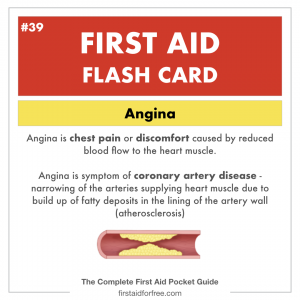
Different Types of Angina
There are four different types of angina that exist, and they are as follows:
Stable Angina
Stable angina is the most common type of angina and usually takes place when someone participates in exerting physical activities.
For example, stable angina could occur during cold weather or when someone is walking uphill. It usually gets better with rest or by consuming the proper medication.
Unstable Angina
Unstable angina, as the name suggests, is more unpredictable and can occur when the person is resting. This kind of pain can be more severe and could keep getting worse.
It lasts longer in comparison to stable angina and can’t be treated with medicines or rest. This kind of angina is often a sign of a heart attack.
Microvascular Angina
Microvascular angina can occur during moments of physical exertion, in the middle of one’s daily routine, or during moments of a patient experiencing strong emotions.
Medicine doesn’t usually help in treating this type of angina, and it could be a sign of coronary microvascular disease.
Variant Angina
Variant angina, which is also known as Prinzmetal angina, is caused due to a spasm in the patient’s arteries, which reduces blood flow. This kind of angina usually occurs in cycles, mostly when the patient is resting or asleep, and can be treated using angina medication.
Angina vs. Heart Attack
Angina and heart attack both occur due to coronary artery disease. However, the difference is that while angina doesn’t permanently damage a person’s heart, a heart attack does exactly that.
A major difference between the two is that while angina can often be treated through proper rest and medication, heart attacks do not go away through medicines or rest.
Not all types of angina require emergency care unless the pain gets worse all of a sudden. Heart attacks, on the other hand, are life-threatening and require medical attention right away. It’s not something a patient can handle on their own.
Symptoms of Angina
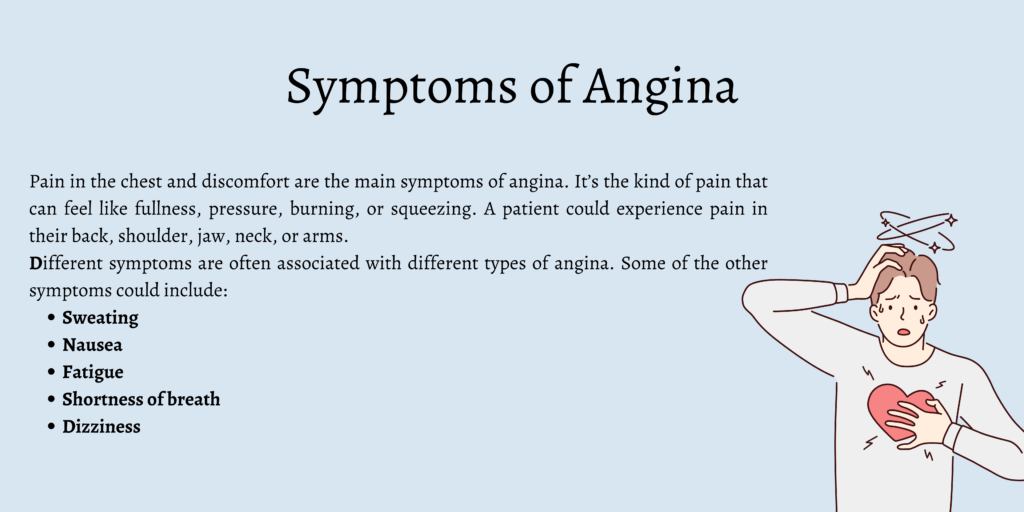
Pain in the chest and discomfort are the main symptoms of angina. It’s the kind of pain that can feel like fullness, pressure, burning, or squeezing. A patient could experience pain in their back, shoulder, jaw, neck, or arms.
Different symptoms are often associated with different types of angina. Some of the other symptoms could include:
- Sweating
- Nausea
- Fatigue
- Shortness of breath
- Dizziness
First Aid for Angina
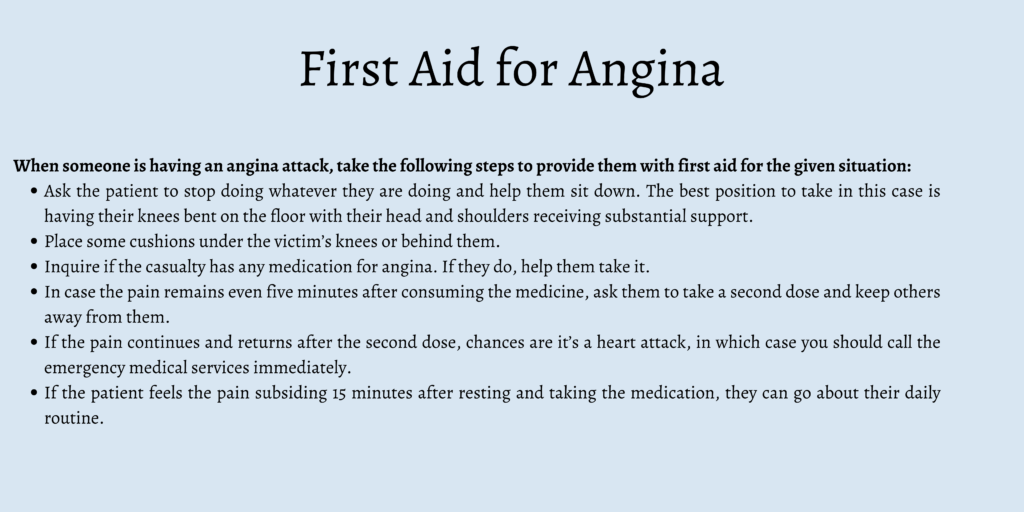
When someone is having an angina attack, take the following steps to provide them with first aid for the given situation:
- Ask the patient to stop doing whatever they are doing and help them sit down. The best position to take in this case is having their knees bent on the floor with their head and shoulders receiving substantial support.
- Place some cushions under the victim’s knees or behind them.
- Inquire if the casualty has any medication for angina. If they do, help them take it.
- In case the pain remains even five minutes after consuming the medicine, ask them to take a second dose and keep others away from them.
- If the pain continues and returns after the second dose, chances are it’s a heart attack, in which case you should call the emergency medical services immediately.
- If the patient feels the pain subsiding 15 minutes after resting and taking the medication, they can go about their daily routine.
Risk Factors
There are certain factors that increase the chances of a person suffering from angina, and some of those factors are:
- If a person is aged 60 or above
- If there is a history of heart disease in the patient’s family
- If a person smokes or uses tobacco
- When a person has diabetes or high blood pressure
- If someone has high cholesterol levels
- When a patient also suffers from other health issues such as chronic kidney disease or if they have suffered from a stroke in the past
- When a person is obese or doesn’t indulge in enough exercise
- If someone consumes medicines that tighten their blood vessels
- Usage of street drugs
- If a person is anemic
- Chronic stress
- Extreme consumption of alcohol
How to Prevent Angina
Angina can be prevented or eased through some simple methods that a patient can implement in their daily life:
- Exercising on a daily basis
- Avoiding smoking, tobacco, and even exposure to secondhand smoke
- Consuming a diet that is healthy for your heart, which includes food that is low in sodium, trans fat, and sugar
- Maintaining a healthy and steady body weight, as suggested by a medical expert
- Indulging in activities that reduce stress, such as yoga, journaling, meditation, and counseling
- Managing the risk factors related to coronary artery disease, including diabetes, high cholesterol, and high blood pressure
- Ensuring to take the medications prescribed by a cardiologist that eliminate or reduce the anginal symptoms one might have
When to call for help
If the pain stops within 10 minutes, suspect angina. If the pain continues for more than 10 minutes, suspect a heart attack. For more information, see our first aid guide to treating a heart attack.
Conclusion
Being aware of the signs and symptoms associated with angina enables you to help patients recover and get the necessary help they require. Reading up on the various kinds of angina also allows one to have knowledge regarding the different types of treatment linked to each of them.Although angina is not usually life-threatening, it could be a warning sign of a stroke or heart attack, which is why bystanders and first aiders can help patients and inform them of the precautions to take moving forward.

